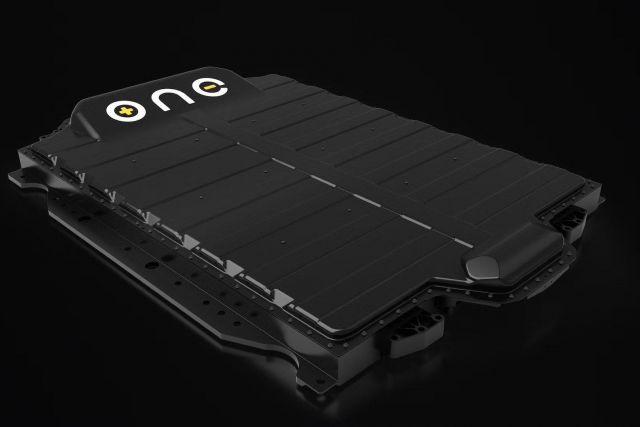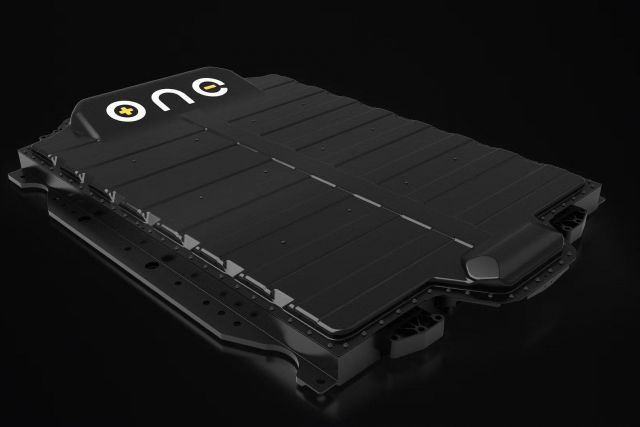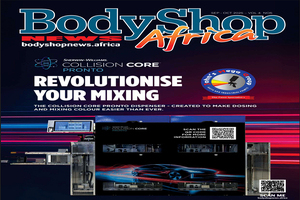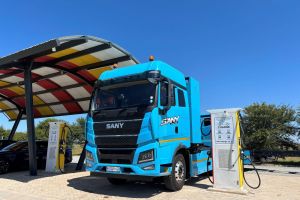
Michigan-based Our Next Energy (ONE) CEO, Mujeeb Ijaz, believes his company has the solution to providing highly extended range without massively increasing the expense and weight of an electric vehicle.
According to Ijaz, the solution is two separate batteries — one that is small and reliable for everyday driving and a second with an energy-dense chemistry to power the car on extra-long trips. Two different batteries with two different chemistries.
ONE’s dual battery project, called Gemini, leverages different battery chemistries to lower cost, increase safety and reliability and provide the edge-case range consumers seek.
According to ONE’s website: “Gemini is a complete platform designed to double the range of electric vehicles without compromising safety. It uses two cells: a lithium iron phosphate (LFP) cell for daily driving and an anode-free cell for longer trips. An AC-DC converter moves energy from between them seamlessly while our patented skip-cell architecture sharply reduces the risk of thermal runaway.”
It continues to explain that: “An LFP cell powers the motor and meets the demands of daily driving. Gemini’s LFP cell delivers 441 Wh/L, which produces a range of 150 miles on a charge — more than enough power for 99% of trips… After 150 miles, it switches to the anode-free cell, using it to charge the LFP cell. With an energy density of 1,007 Wh/L, the anode-free cell provides an additional 450 miles of range. Combined, the two cells will be one of the longest-range EV packs on the market — delivering more than 600 miles on a single charge.”
ONE goes on to claim that: “Gemini delivers more range than batteries that use nickel-and-cobalt-based chemistry. But Gemini maximises materials that are abundant in North America — iron for LFP, manganese for anode-free — while sharply reducing the use of rare, expensive metals like nickel and cobalt.
“Gemini’s anode-free cell lowers costs by using abundant materials and a simpler production process. As a result, we can bring our advanced anode-free chemistry to market faster. By replacing nickel, cobalt and graphite with other materials, Gemini greatly reduces the risk of thermal runaway. And our patented skip-cell architecture helps prevent overheating in the pack.
“All batteries have an anode and a cathode. But battery makers also use the term “anode” to refer to the active material placed on the battery’s current collector during the manufacturing process. This material may contain graphite or silicon. We create our “anode” without this material. Instead, during “formation” — an essential step during which the battery is charged and discharged — small amounts of lithium plate are deposited onto the current collector. This process forms the anode in our anode-free battery.”
In June 2022, ONE signed a demo agreement to integrate a Gemini battery into the BMW iX SUV, resulting in a confirmed range of 752 miles on a single charge.









